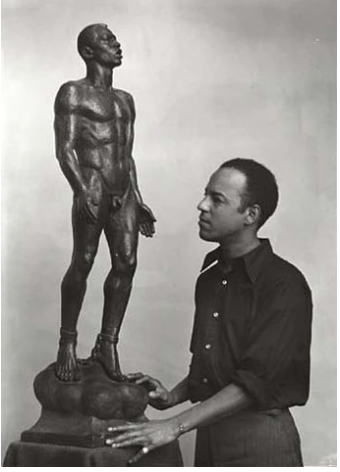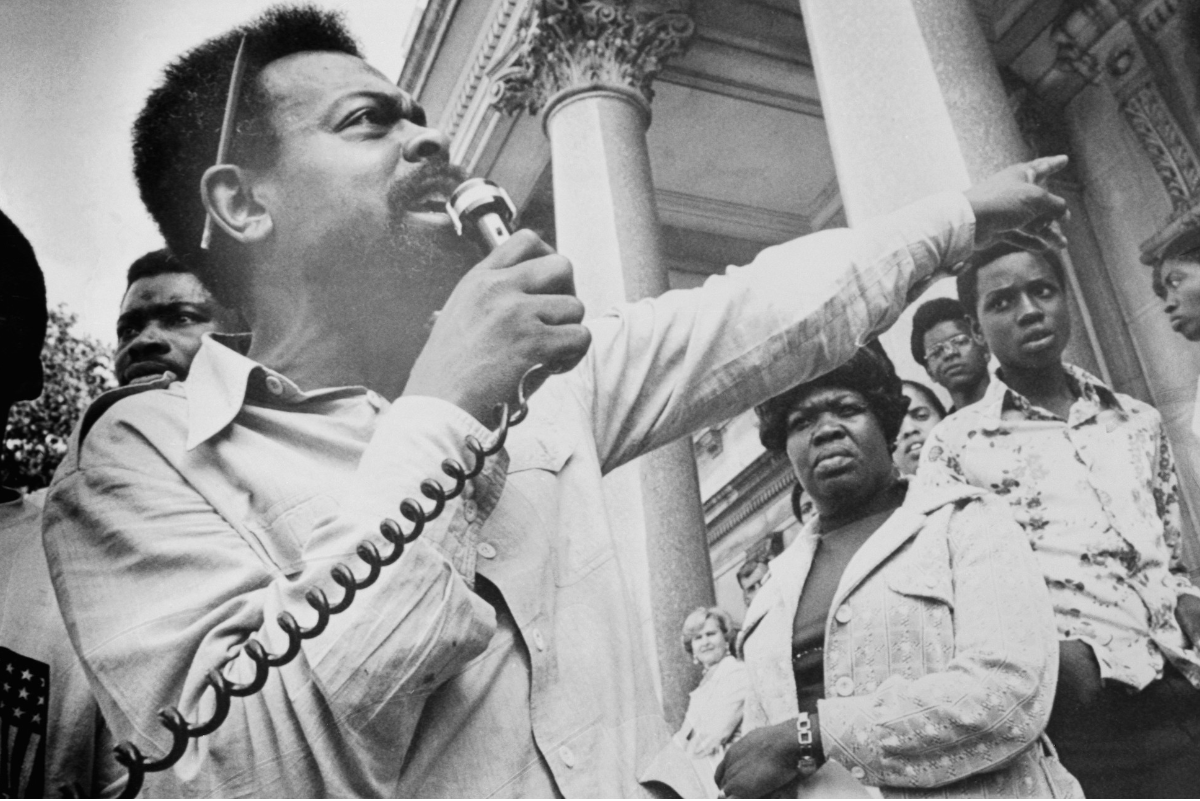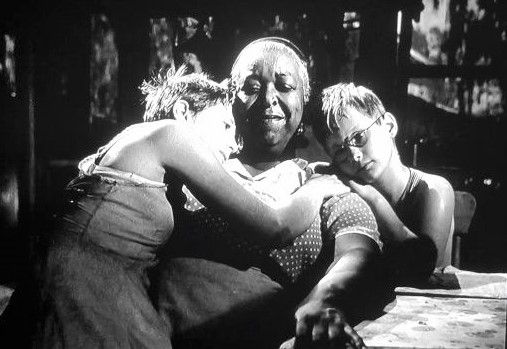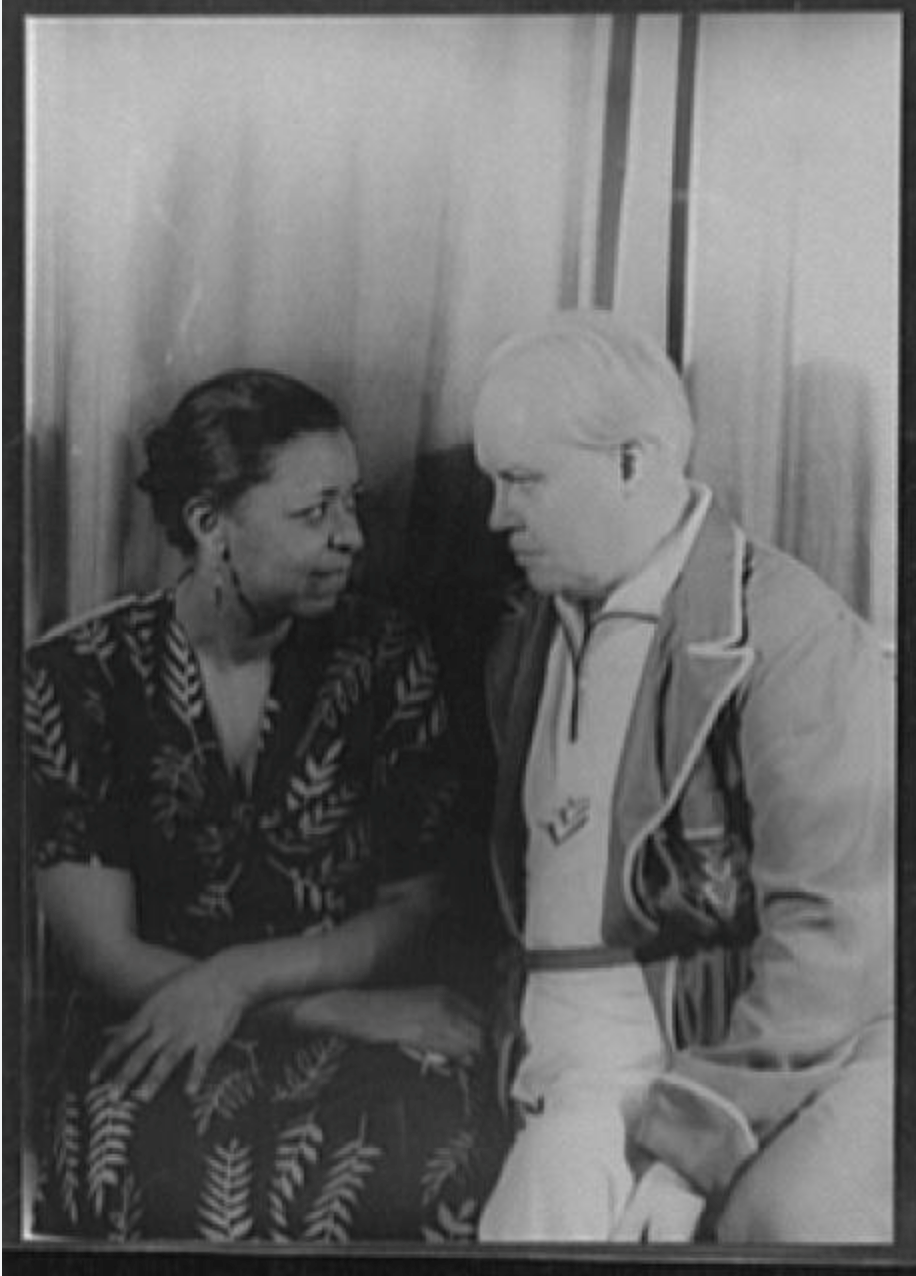Black Classical Music –
Stepchild of the Harlem Renaissance

Think about it. Up until the defeat of pleasing tonality by exponents of modern music some time in the 20th century, classical music sat at the apex of valued musical genres. Popular music was always more widely appreciated and influential, but a symphony or an opera was presumed to express the highest aspirations and achievements of a people or a nation – of Western Civilization.
This was still the case in the America of the 1920s which witnessed the flowering of the Harlem Renaissance. Although no one disputed the contributions and leadership of African Americans in so many vernacular forms (ragtime, blues, jazz), the “supreme achievement” of classical music remained a whites-only enclosure, ferociously defended by white critics, musicians, and impresarios.
That didn’t stop a stubborn minority of Black performers and composers, genuinely inspired by the classical tradition, from trying to make their mark. However, the unrelenting hostility of post-Reconstruction society either slapped these would-be acolytes down (e.g. Will Marion Cook) or forced them to incorporate grotesque elements of minstrel sensibility (e.g. Sissieretta Jones’ Black Patti Troubadours) into their performance.
Due to tectonic shifts in American society – the Great Migration and the widespread dissemination of recorded sound – a space was made for Black classical performers and composers to practice their art. The first African American recording company, Black Swan of 1921, was created by its founder Harry Pace specifically to record Black voices in various genres. “Companies would not entertain any thought of recording a colored musician or colored voice. I therefore decided to form my own company and make such recordings as I believed would sell.” Two of the first three pressings were highbrow offerings that appealed only to the Talented Tenth. This was the musical preference of Pace, a friend and colleague of W.E.B. Du Bois. He had no love for blues and jazz.
Black Swan, named after the sobriquet bestowed upon Elizabeth Taylor Greenfield, the best-known Black concert performer of the 19th century, would have died a quick, unmemorialized death had not its recording manager, Fletcher Henderson, and musical director, William Grant Still, not recognized that concessions had to be made to popular taste. White people weren’t going to buy recordings of Black classical artists and neither were most African Americans. They stumbled upon a young, unknown Ethel Waters who recorded two blues numbers for them – both smash hits – and the rest is history.
And what of Black classical music? It would not go away. Black voices of deep and genuine talent found white patronage and, usually after Herculean struggles requiring a European stamp of approval, were able to melt the wax of racial hostility blocking the ears of music aficionados. Any African-American, man or woman who was recognized as having scaled the Parnassian heights of classical music represented a badge of racial pride and provided proof that the Negro could be the equal of any White performer. (This last belief, that the artistic achievements of African Americans would forcibly open the minds and doors of white society, was a basic tenet fueling the early impetus of the Harlem Renaissance.)
In March 1925, Survey Graphic, a magazine focusing on sociological research, produced an issue on “Harlem: Mecca of the New Negro” guest-edited by Howard University professor (and closeted gay) Alain Locke. This was the opening volley of what was then known as “the Negro Renaissance” on the national stage. (All that material was later expanded into the stand-alone best-seller, The New Negro.) And whose portrait graced the cover of Survey Graphic? Renowned classical tenor Roland Hayes.
The biography and career of Roland Hayes was prototypical of the Black artist overcoming all obstacles (poverty, lack of formal education, unremitting racism in the world of classical music) to realize his dream of becoming a celebrated tenor. Hayes was born in Curryville, Georgia in 1887, to tenant farmers on the plantation where his mother had once been a slave. At the age of twelve a visiting church pianist introduced the boy to some phonograph records of Enrico Caruso, “That opened the heavens for me,” he wrote. “The beauty of what could be done with the voice just overwhelmed me.”
From such unpromising beginnings, Hayes wrested a musical education for himself, bulldozed his way through the racism that would not let him make a career in the music he loved, and eventually gave a command performance at Buckingham Palace in 1922. With European approbation, the American barriers fell, and when Hayes returned to the States in 1923, his career traversed a triumphal series of African American “firsts.” Having conquered the white preserve of classical music, Hayes was a canny choice for the cover of the New Negro Survey Graphic. This was as far from the minstrel image as one could get.
But although Hayes lived in Harlem for most of the 1920s, he was never central to the Harlem Renaissance and was rarely enrolled then or later. And we end with one telling lacuna: out of all the essays in The New Negro discussing the various genres of music, there is nothing on the contributions of the Black performers and composers of classical music.
Recent Posts




SHOGA FILMS is a 501(c) (3) non-profit production and education company. We create multimedia works around race and sexuality that are intended to raise awareness and foster critical discussion.
Contact Us
All Rights Reserved | Shoga Films
Stay Connected
Thanks for subscribing!
Please try again later.


